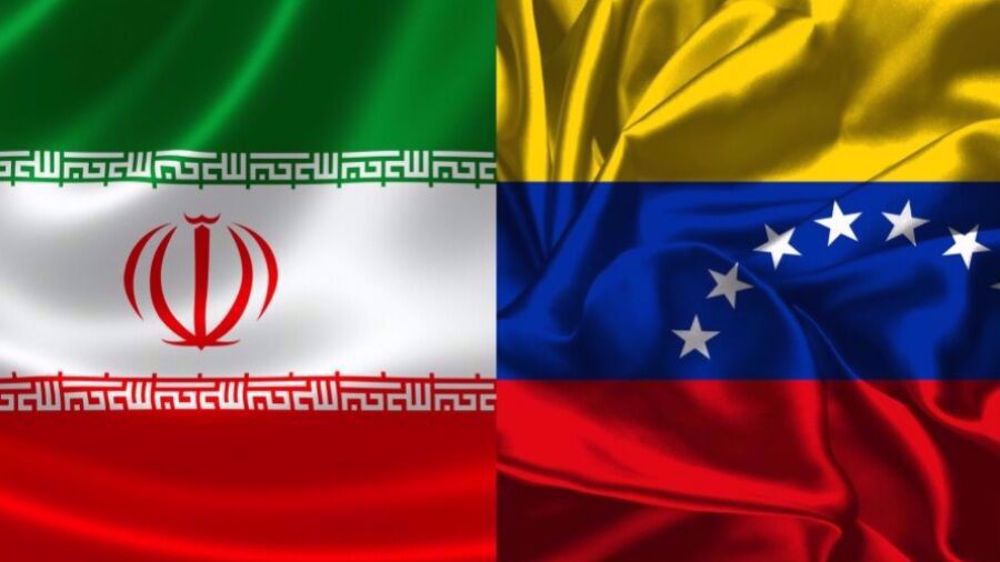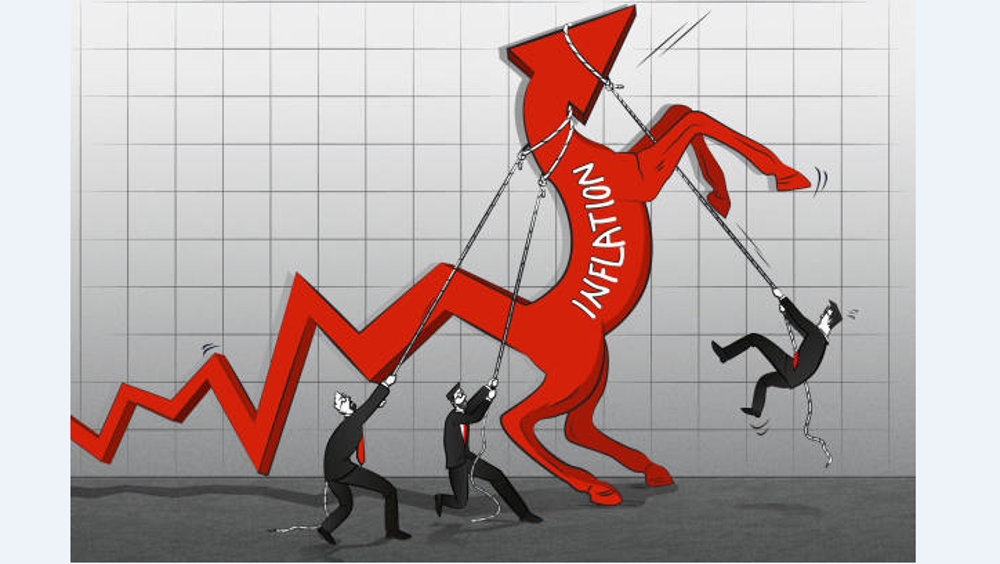Iran’s exports of ‘red gold' hit 10-year high
Iran’s saffron exports last year hit a 10-year high, with the highly-prized spice generating more than $325 million in hard currency revenues.
The exports of 236 tonnes of the most expensive spice in the world known as “red gold” showed Iran is far from losing its dominant position as a producer which usually accounts for about 90 percent of world saffron output.
The sales during the March 2017-18 fiscal rose 55% against the previous year, head of Agriculture, Water and Food Industries Commission with Tehran Chamber of Commerce, Industries, Mines and Agriculture Kaveh Zargaran said.
Iran’s saffron is exported to some 20 countries but about 77% of the shipments go to Hong Kong, Spain and the United Arab Emirates “which shows we have not been successful in winning a better share of the world market,” he said.
Experts have long said Iran has to improve marketing and find new customers if it wants to secure a bigger slice of the profits from saffron sales.
Bulk production methods in Iran fetch less than what is paid in countries such as Spain which re-export the Iranian produce.
Saffron from Spain reportedly sells for 1,400 euros ($1,861) a kg in Europe, but Iranian varieties command a quarter or less of that price.
“Countries like Spain, while being a major importer of saffron from our country, are among the largest exporters of this product in the world,” Zargaran said.
“Our inattention to the market needs has left us losing the packaged saffron market to countries like Spain, and despite our first rank in saffron production and export, bulk exports bring in lower added value,” he said.
Iran’s position as the lead supplier of the spice is also being undercut by counterfeit business under which genuine saffron from the country is adulterated and resold to the high-end global market, with the UAE and Spain being the prime suspects.
Saffron cultivation and harvest is a painstaking process which requires 200,000 strands of crimson crocus blooms to be gingerly picked in the morning to make one kilo for sale.

Much of the crop produced by villagers are bought at knockdown prices by local arbiters who themselves sell it to foreign buyers in large stocks. This means the bulk of the added-value accrues to foreign intermediaries, while the genuine produce barely reaches the end consumer.
Saffron cultivation has a history of more than 3,000 years in Iran, where the reddish, aromatic substance is used to flavor food and pastries, with further application in medicine and cosmetics.
Iranian researchers have produced saffron extract for suppressing cancer, lowering blood pressure and curing depression.
Hamas: Israel escalating ceasefire violations in Gaza
Venezuela's government declares unwavering unity behind Maduro
VIDEO | Global outcry over Venezuela president abduction
Iran keeps wheat import subsidies despite cutting other food supports
Venezuelan military stands with acting president after US kidnapping of Maduro
VIDEO | Press TV's news headlines
VIDEO | Protesters in Toronto slam US kidnapping of Venezuelan president
Israeli troops detain, intimidate Palestinian toddler in West Bank










 This makes it easy to access the Press TV website
This makes it easy to access the Press TV website